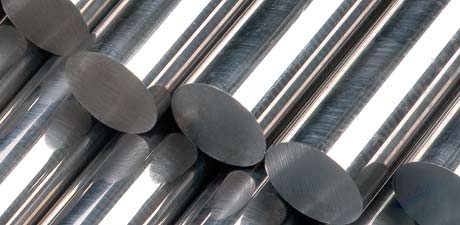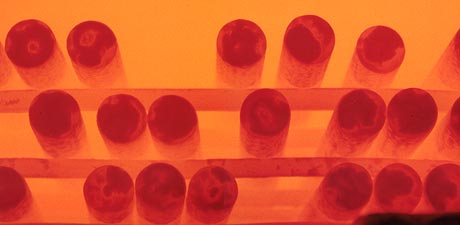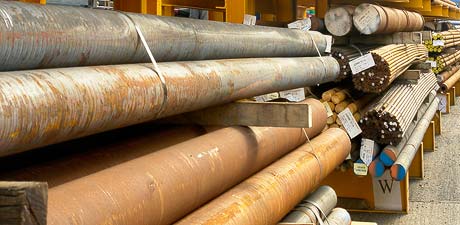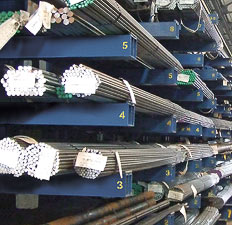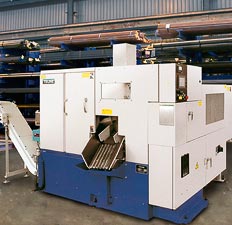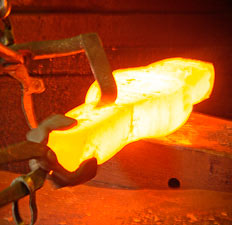Technical Data
Metallurgical Terms
Se.
Chemical symbol of selenium.
Seams.
Numerous shallow grooves, or striations, most obvious when the piece is upended, cross-cut or pickled. They are generally formed by the elongation during rolling of oxidized surface or sub-surface blowholes present in the ingot. They may also arise from a badly rippled surface or from recurrent teeming laps.
Secondary Hardening.
An increase in hardness which takes place when a hardened steel is reheated. It may be caused by the transformation of retained austenite to martensite (as in high speed steel) or by the precipitation of an alloy carbide.
Secondary Metals.
Metals recovered from scrap, as distinguished from primary metals which are obtained direct from the ore.
Segregation.
The non-uniform distribution of impurities or alloying elements. The degree of segregation depends not only on the chemical composition of the alloy, but also on the rate of cooling, both of the ingot as a whole, and of each individual point within the mass. For example, near the surface, where the rate of cooling is rapid, the segregated impurities are trapped in the rapidly growing crystals. Further inside the ingot, where the cooling is slower, the segregates will collect together and produce the so-called ghosts, or they may tend to rise to the surface and collect in the scrapped ingot head. In normal segregation, the constituents with the lowest melting points concentrate in the last portions to solidify, but in inverse segregation this is reversed. The segregation tends to form in bands sloping inwards to the top of the ingot (A segregate) and at the same time, due to shrinkage, it takes a V shape (V segregate) along the upper part of the ingot axis.
Self Hardening Steel.
(See Air Hardening Steel).
Sendzimir Mill.
A cluster mill in which the backing rolls do not have conventional bearings but are supported by stationary shafts on which are groups of roller bearings. High front and back tension is applied to the strip by powered coilers. The mills are particularly suited to the cold reduction to fine gauges of stainless steel or other materials having high resistance to deformation.
S.G. Iron.
Abbreviation for Spheroidal Graphite Cast Iron (see Cast Iron).
Shatter Cracks.
(See Flakes).
Shear Steel.
(See Cementation).
Shearing Test.
A test applied to metal to determine the stress required to cut it across its section.
Shell Moulding.
Also known as “C” or Croning process, after its inventor. A mixture of sand and synthetic resin is placed in contact with a metal pattern plate heated at about 250°C. The heat causes the resin to set in the immediate neighbourhood of the pattern; in this way a thin-walled half-mould is obtained, two half-moulds are placed together and supported by some suitable means, e.g., steel shot.
Sherardizing.
A method of producing a protective zinc coating on iron and steel articles.
Shielding Corrosion.
(See Crevice Corrosion).
Shore Scleroscope.
An instrument which consists essentially of a small diamond-tipped hammer which falls freely down a graduated glass tube from a constant height onto the surface of the sample under test. The hardness is measured by the height of the rebound. In one form of the instrument the rebounding hammer actuates the pointer of a scale so that the height of rebound is recorded.
Shorterizing.
(See Flame Hardening).
Shot-Blasting.
A method of cleaning the surface of metals by abrasion, as in sand-blasting, the sand being replaced by broken shot or steel grit.


